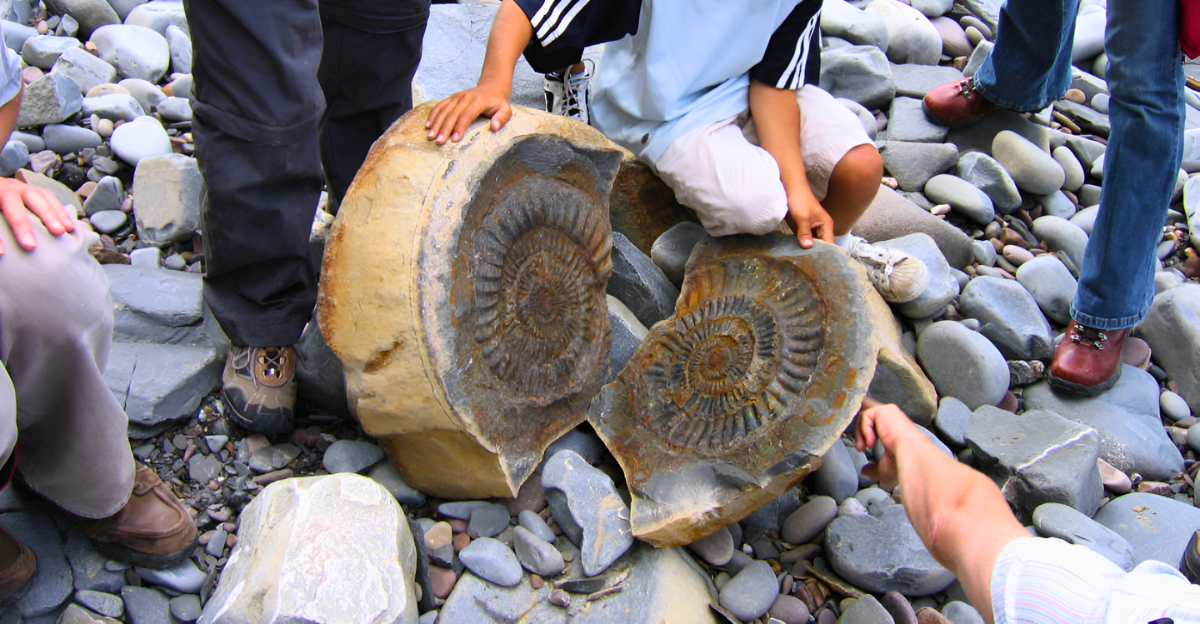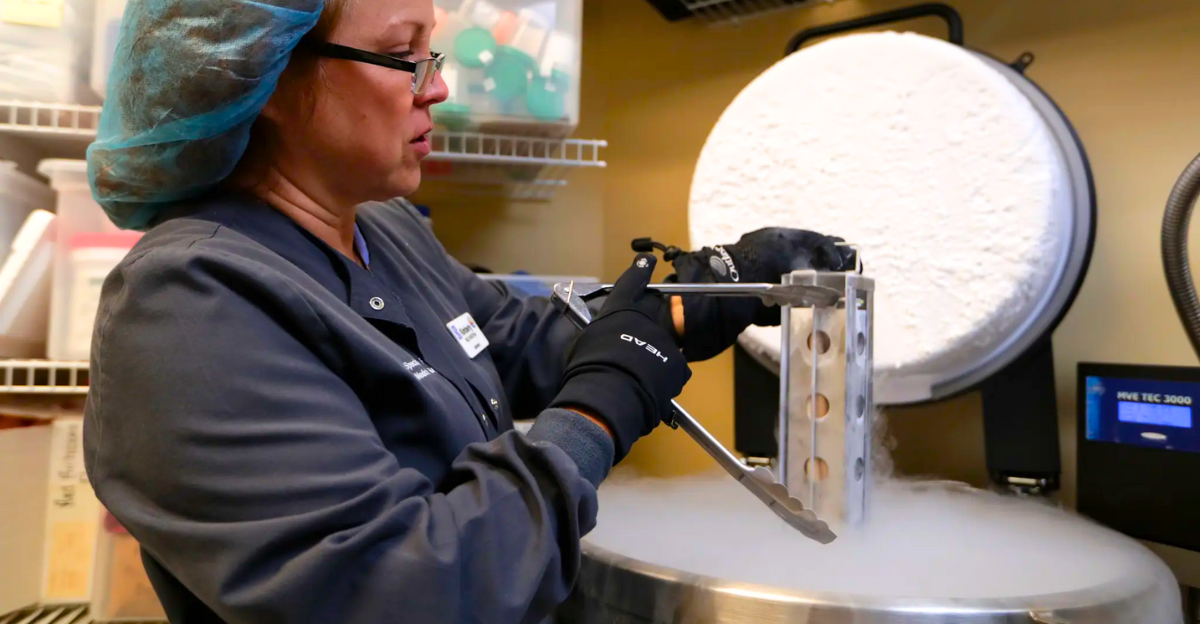
Aspergillus flavus, the scientific name for the so-called “Pharaoh’s Curse Fungus,” is notorious for causing unexplained deaths connected to ancient tombs, most notably following the discovery of King Tutankhamun’s burial chamber. Because its spores cause fatal respiratory infections in those who are exposed, this fungus was feared for decades as a silent killer. In a stunning turn of events, however, contemporary research has shown that this same organism contains substances with potent anti-cancer effects.
The fungus represents a paradox: it can cause deadly illness while also serving as a source of inspiration for new medical advancements. This intricacy highlights the value of interdisciplinary research, which combines oncology, pharmacology, and microbiology to open up new therapeutic possibilities.
The Origin of the Curse and Historical Fear

When a number of the team members who discovered King Tutankhamun’s tomb perished inexplicably in 1922, the story of the Pharaoh’s Curse officially began. An ancient hex was blamed for these deaths by the public, who were desperate for supernatural explanations. Later research, however, identified a more scientific culprit: dormant Aspergillus flavus spores, which flourish in enclosed, humid spaces like tombs and turn deadly when disturbed and inhaled by unwary people.
These terrifying incidents solidified the fungus’s reputation as a deadly one. These events’ cultural resonance overshadowed the biological realities and stoked a global fascination with curses and ancient mysticism. However, these historical events also unintentionally brought attention to the dangers of disturbing historic sites without taking the necessary biohazard precautions.
Science Reveals the True Murderer

The myth of supernatural curses has been disproved by modern pathology, which now shows that Aspergillus flavus poses the true threat. When inhaled, the spores produced by the fungus can result in invasive aspergillosis, a severe lung infection that is particularly harmful to people with compromised immune systems. This infection, rather than supernatural forces, was probably the cause of the deaths connected to tomb excavations.
Improvements in occupational health standards for archaeologists and museum employees exposed to ancient spores have also been spurred by this scientific clarity. Additionally, knowledge of the pathogenic mechanisms of A. flavus has sparked research into antifungal therapies and diagnostics, which are essential for patients with compromised immune systems around the world.
From Lethal Toxin to Valuable Medical Resources

Its change from a source of toxins to a source of possible remedies is the most significant change in the tale of A. flavus. Ribosomally synthesized and post-translationally modified peptides (RiPPs) are a novel class of molecules that have been isolated from this fungus by researchers at the University of Pennsylvania.
The finding highlights the enormous potential of natural products made from microorganisms and calls into question the pharmaceutical industry’s reliance on synthetic compounds. Furthermore, when compared to traditional chemotherapy, these fungal peptides have benefits like specificity and fewer side effects. These molecules’ therapeutic potential is further enhanced by the ability to bioengineer them, enabling customization for various cancer types.
Why Fungi Are the Dark Horse of Medicine

Underappreciated for a long time, fungi have been used to make life-changing medications. The first antibiotic in history, penicillin, was made from a mold. The addition of A. flavus to this lineage implies that many more life-saving medications are still concealed in the most hazardous areas of nature.
Fungal metabolites have potential applications in the treatment of viral infections, autoimmune diseases, and neurodegenerative conditions, in addition to antibiotics and cancer medications. Due to difficulties in isolation and cultivation, fungal natural products have not been thoroughly investigated despite their potential. These obstacles are now being overcome by developments in synthetic biology, metabolomics, and genomics, which will allow scientists to uncover fungal biodiversity methodically.
Strategic Consequences for Drug Development

More than just a scientific curiosity, the identification of anti-cancer RiPPs in A. flavus marks a significant turning point in pharmaceutical research. Drug discovery can now proceed more quickly thanks to the systematic mining of fungi for new compounds by scientists using genetic-metabolic engineering.
The development of customized treatments based on molecular profiles is another trend in precision medicine that this approach supports. Additionally, combining fungal genomics with AI and machine learning holds the promise of more quickly and effectively identifying promising compounds. The financial ramifications are substantial: novel medications derived from fungi may lower medical expenses by providing more potent therapies with fewer adverse effects.
Accepting the Opponent

According to conventional wisdom, it is necessary to eradicate deadly pathogens. But the value of a contrarian strategy—embracing and re-engineering the enemy—is illustrated by the case of A. flavus. Researchers challenge the dichotomy of nature as either friend or foe by transforming a deadly fungus into a therapeutic ally. By redefining them as resources rather than threats, this idea could be applied to other “cursed” or toxic organisms.
Beyond the realm of medicine, this mentality change could have an impact on environmental management, agriculture, and even cybersecurity, where harmful elements could be used for positive ends. The psychological effects are also significant, inspiring societies to face fear with creativity and knowledge.
Effects of the Second and Third Orders

There may be significant repercussions if the Pharaoh’s Curse Fungus’s therapeutic potential is fulfilled. It would, first and foremost, validate the search for medications in harsh and hostile environments, igniting a new phase of research and development. Second, it might alter how people view risk and promote a more sophisticated view of nature.
These partnerships could result in new guidelines for the safe excavation of historic sites and the extraction of bio-active substances. Furthermore, the economic effects might spread to biodiversity-rich developing nations, supporting regional pharmaceutical industries and sustainable bio-prospecting. Better health outcomes, the creation of jobs, and a greater understanding of the connections between biology, medicine, and human history are among the societal advantages.
Distinct Angles and Combinations

Unexpected mashups are a natural part of the Pharaoh’s Curse Fungus story. Imagine developing a new field called “tomb pharmacology” by fusing the fields of synthetic biology, oncology, and archaeology. These perspectives give the tale a cultural resonance in addition to scientific appeal.
By fusing themes of mystery, science, and redemption, the story may serve as inspiration for literature, art, and film. By highlighting the importance of interdisciplinary thinking, educational initiatives could use this narrative to encourage students to pursue STEM fields. This combination of science and culture is a prime example of how scientific discoveries can be amplified through storytelling.
Final Evaluation

Aspergillus flavus’s transformation from a feared Pharaoh’s Curse agent to a possible cancer-fighting hero is a masterwork of scientific alchemy. It pushes us to embrace the complexity of the natural world, reconsider how we relate to danger, and find opportunity in unexpected places. The ramifications extend well beyond medicine, touching on strategy, psychology, and the essence of progress itself.
A mentality change from avoidance to engagement, from fear to curiosity, and from destruction to creation is encouraged by this story. It also emphasizes the value of ethical natural resource management and interdisciplinary cooperation. In the end, the tale of Pharaoh’s Curse Fungus serves as a ray of hope, reminding us that creativity frequently results from facing the unknown and turning it into something beneficial.






